OZRUH, the London-based studio founded by Levent Ozruh, introduces a radical rethinking of material and form at the 19th Venice Architecture Biennale with Anti-Ruin, a 3D-printed stone installation that invites architecture to embrace entropy, adaptation, and reuse as central principles.
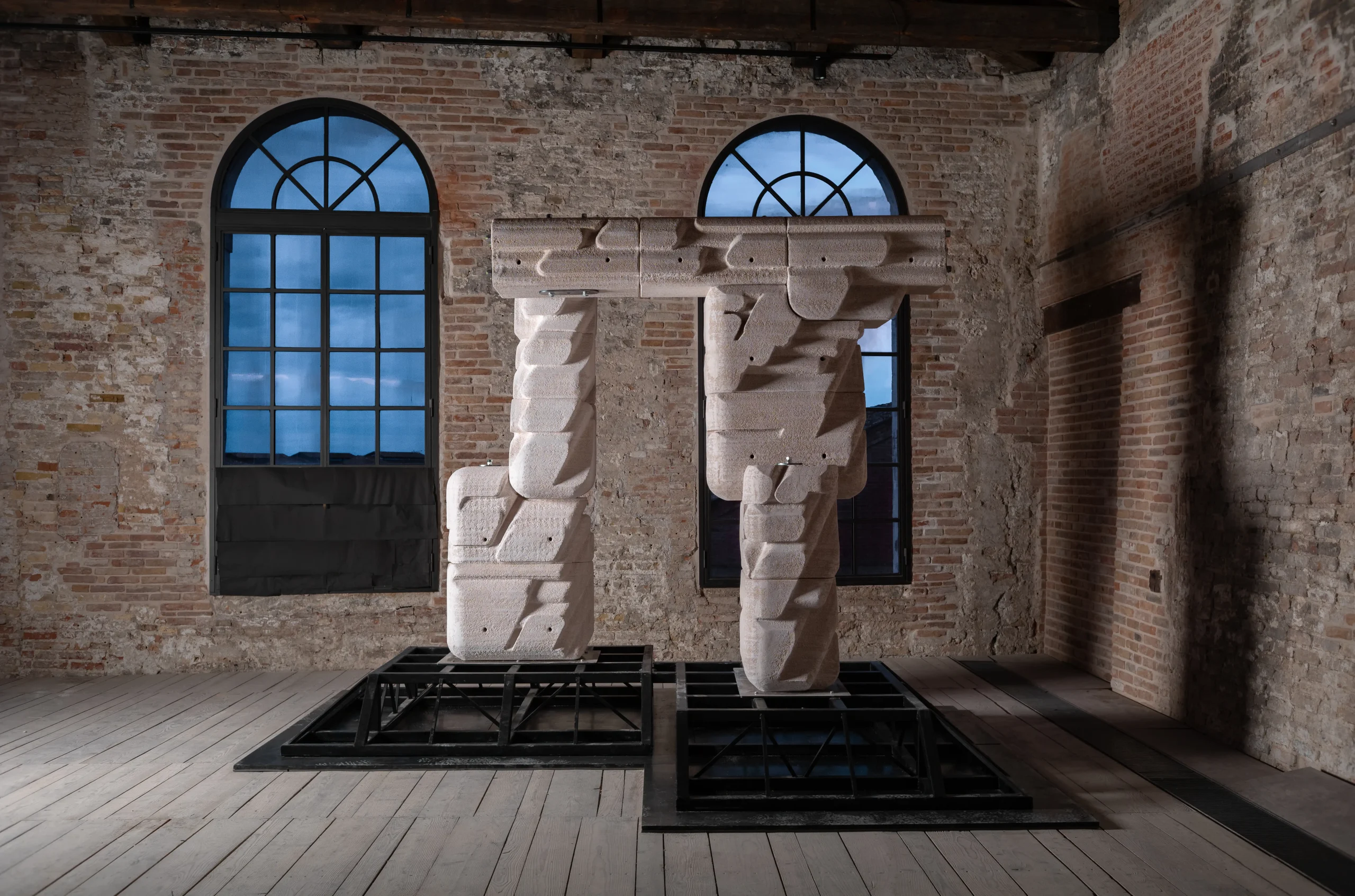
Presented in a rare dual format, Anti-Ruin appears both as a monumental structure at the Pavilion of Türkiye and as a featured documentary film within the main exhibition Intelligens CANON, curated by Carlo Ratti. The project stands as a poetic and technological response to the Biennale’s core theme Intelligens: Natural. Artificial. Collective.
Anti-Ruin asks a compelling question: what if architecture didn’t resist decay, but evolved through it? Rather than aspiring toward permanence, OZRUH’s vision proposes a system where buildings adapt and transform in response to their materials, environment, and time.
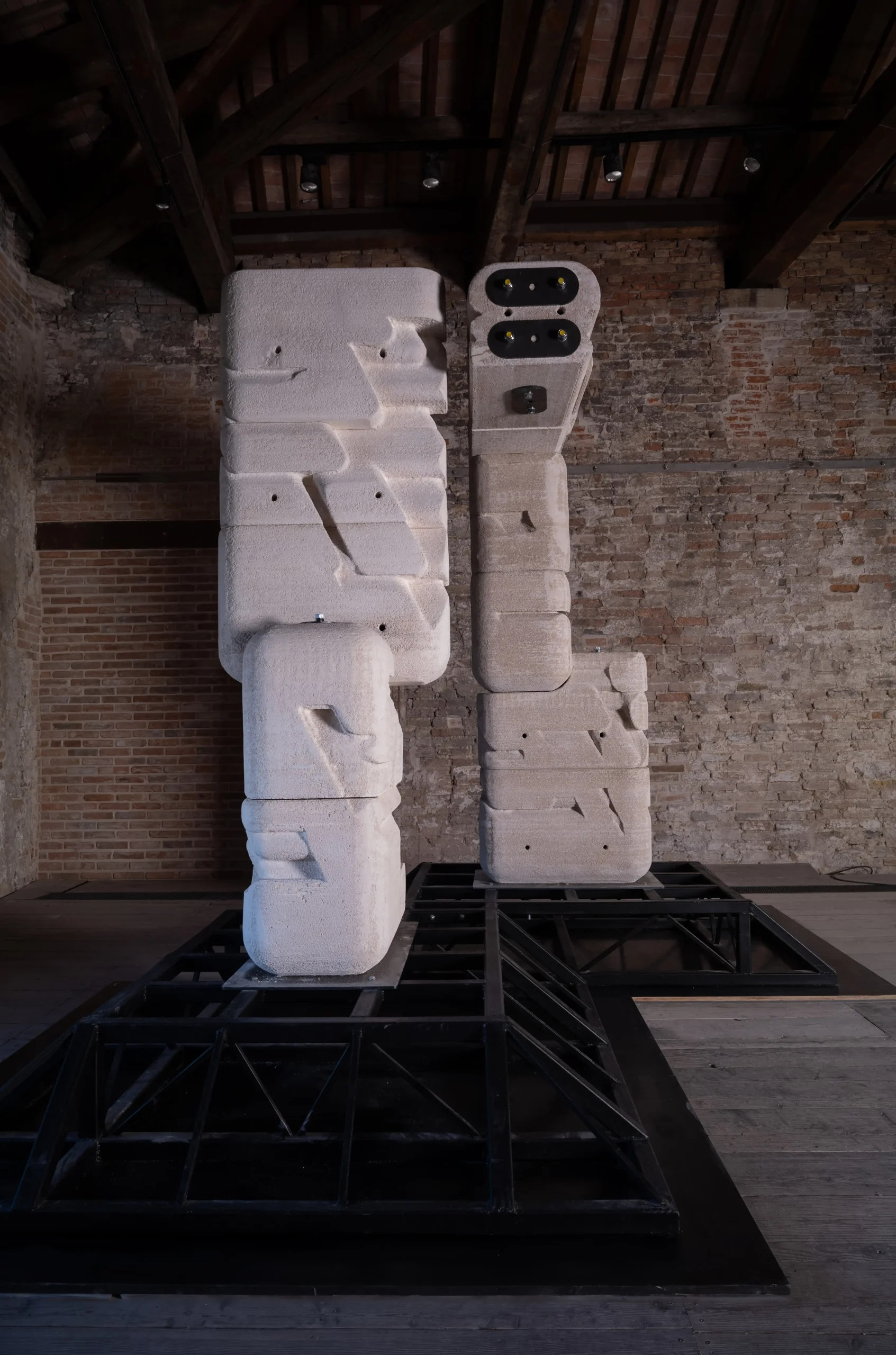
The centrepiece of the project is a three-metre-tall architectural form printed entirely from stone dust, specifically marble waste from the Lasa Marmo Quarry in South Tyrol. This dust, nearly equal in volume to the marble extracted, is reconstituted using a binder jetting technique pioneered in collaboration with ETH Zurich under the guidance of Dr. Pietro Odaglia. Liquid binder fuses the dust into solid structures, without molds or scaffolding.
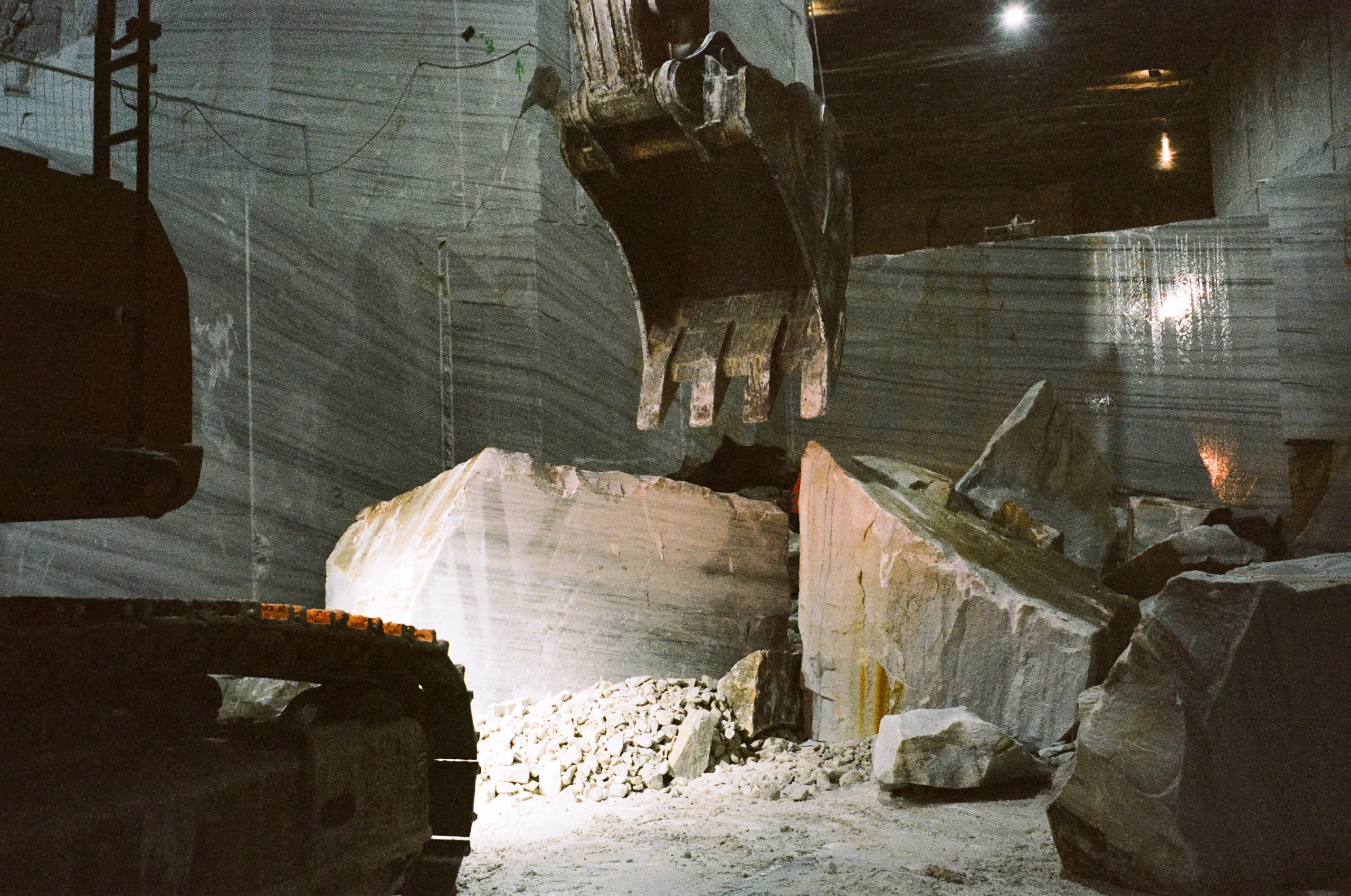
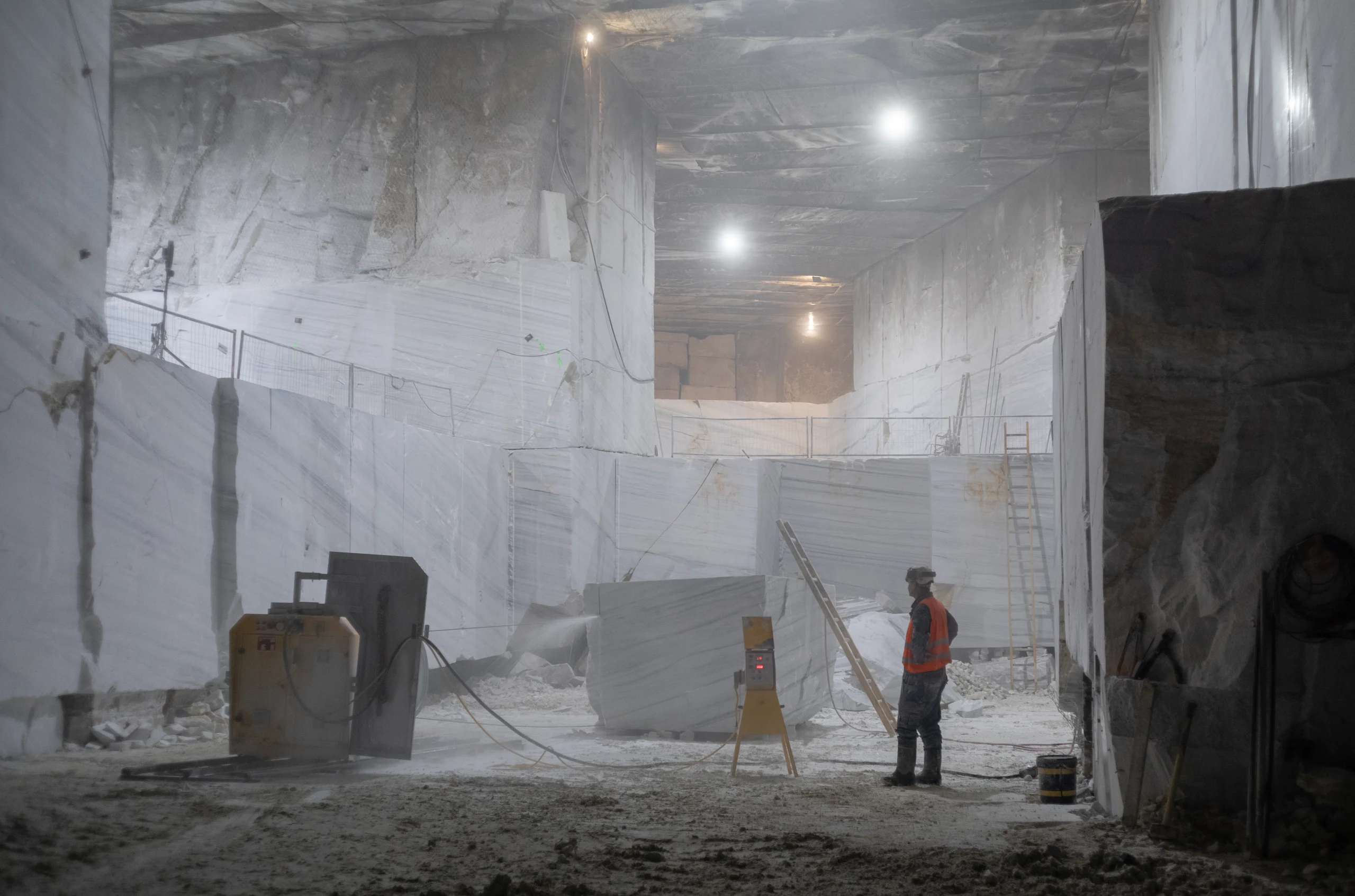
Within the Türkiye Pavilion, curated by Bilge Kalfa and Ceren Erdem under the theme Grounded / Yerebatan, Anti-Ruin taps into the regenerative potential of geological remains. Its structure may resemble a classical gate, with columns and a spanning slab, but its logic strays away from tradition. One column stands free and untethered, while the slab rests solely on an off-center support. Engineered by formDP, these asymmetries challenge expectations of load and gravity, made possible by hollowing and weight-shifting each component during the print process.
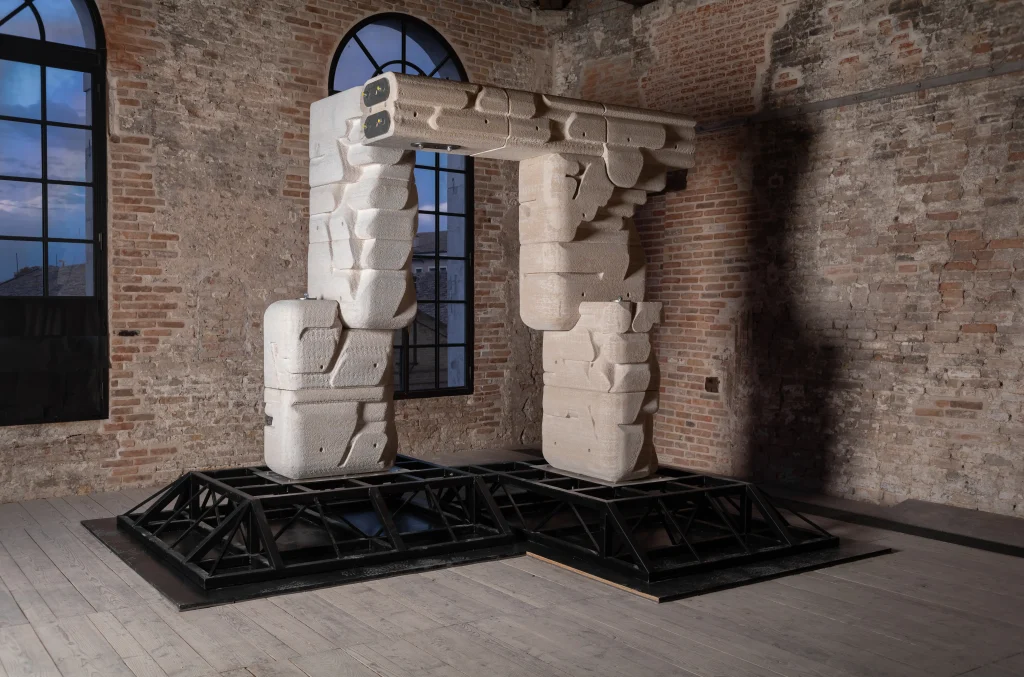
This architectural language embraces entropy. The structure is designed to grow, fracture, or reassemble over time, adapting to its context like a living system. OZRUH calls this an architecture of federated clusters: parts that maintain independence while contributing to a larger whole. It is a kind of built antifragility, gaining strength not through resistance, but through continual transformation.
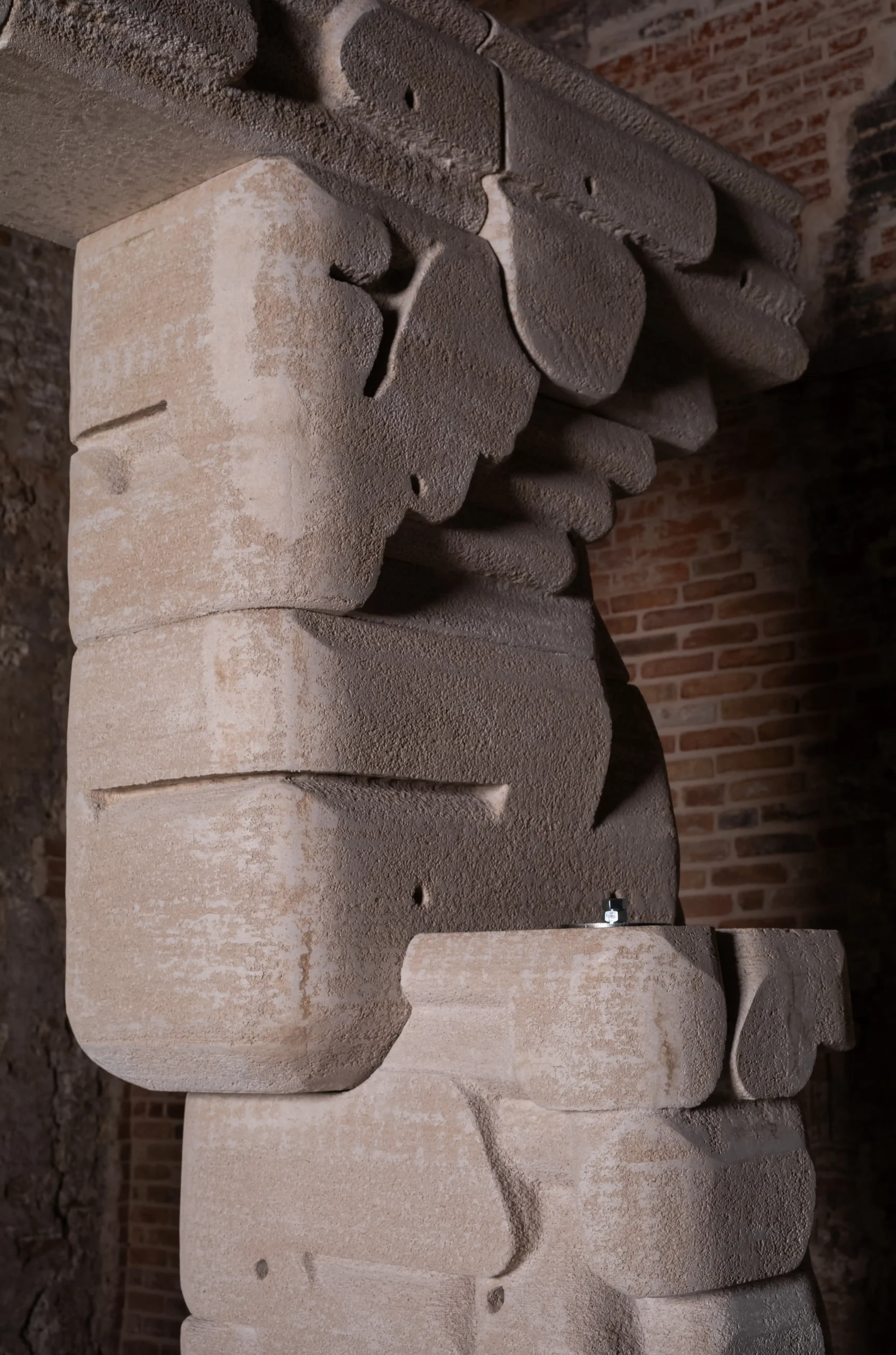
The accompanying twenty-minute documentary film, premiering in the Artificial section of the Biennale, documents Anti-Ruin’s entire journey from concept to construction. Shot between the quarry and ETH Zurich’s laboratories, the film captures not only the technical process but the philosophical stakes behind the work: to imagine an architecture that is less about completion and more about continuous reinvention.
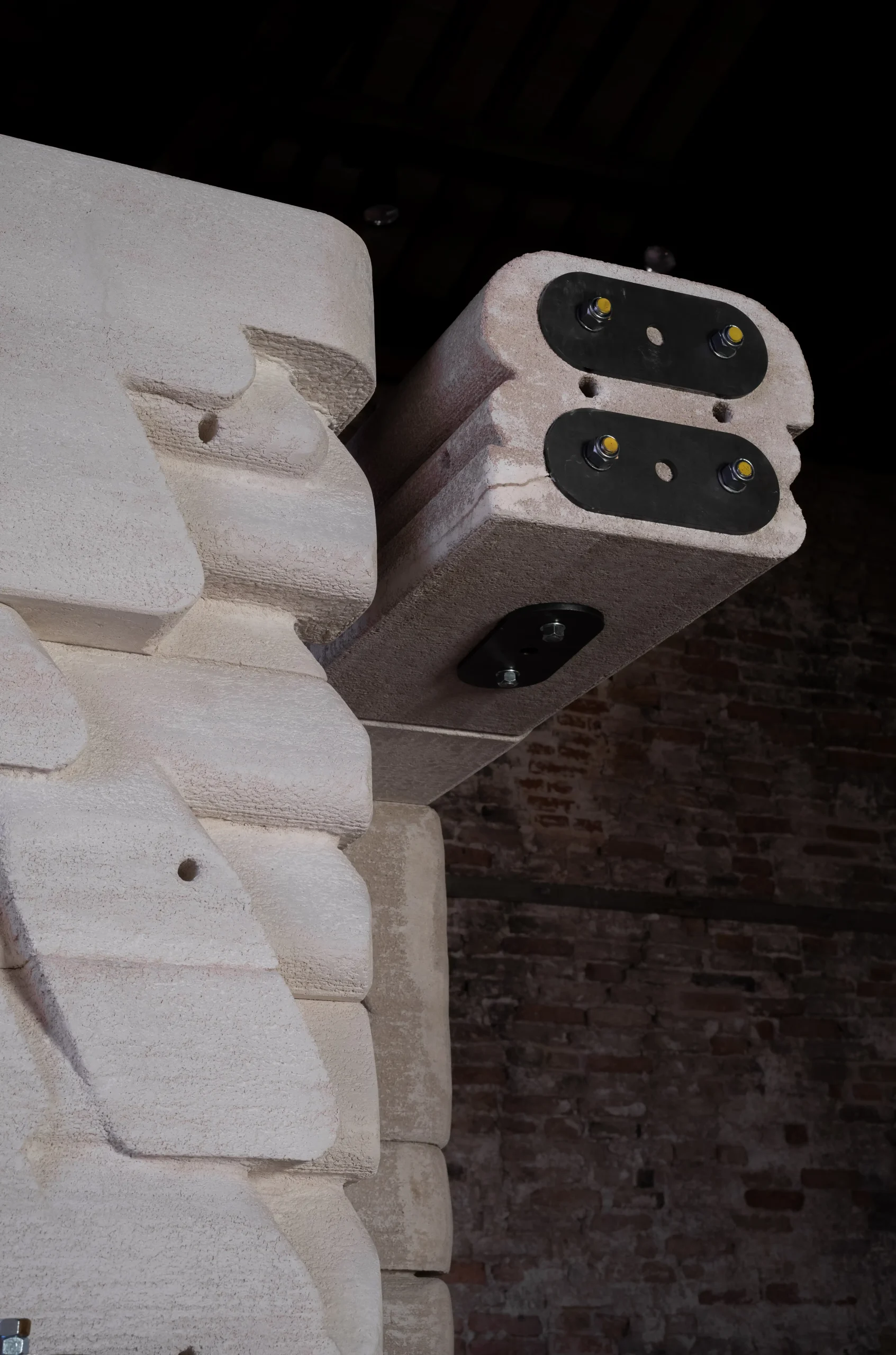
Importantly, Anti-Ruin is not limited to marble dust. The broader ambition is a scalable system that can incorporate brick fragments, demolition debris, and other construction byproducts. In this way, OZRUH proposes a new material economy based not on depletion, but on resurrection.




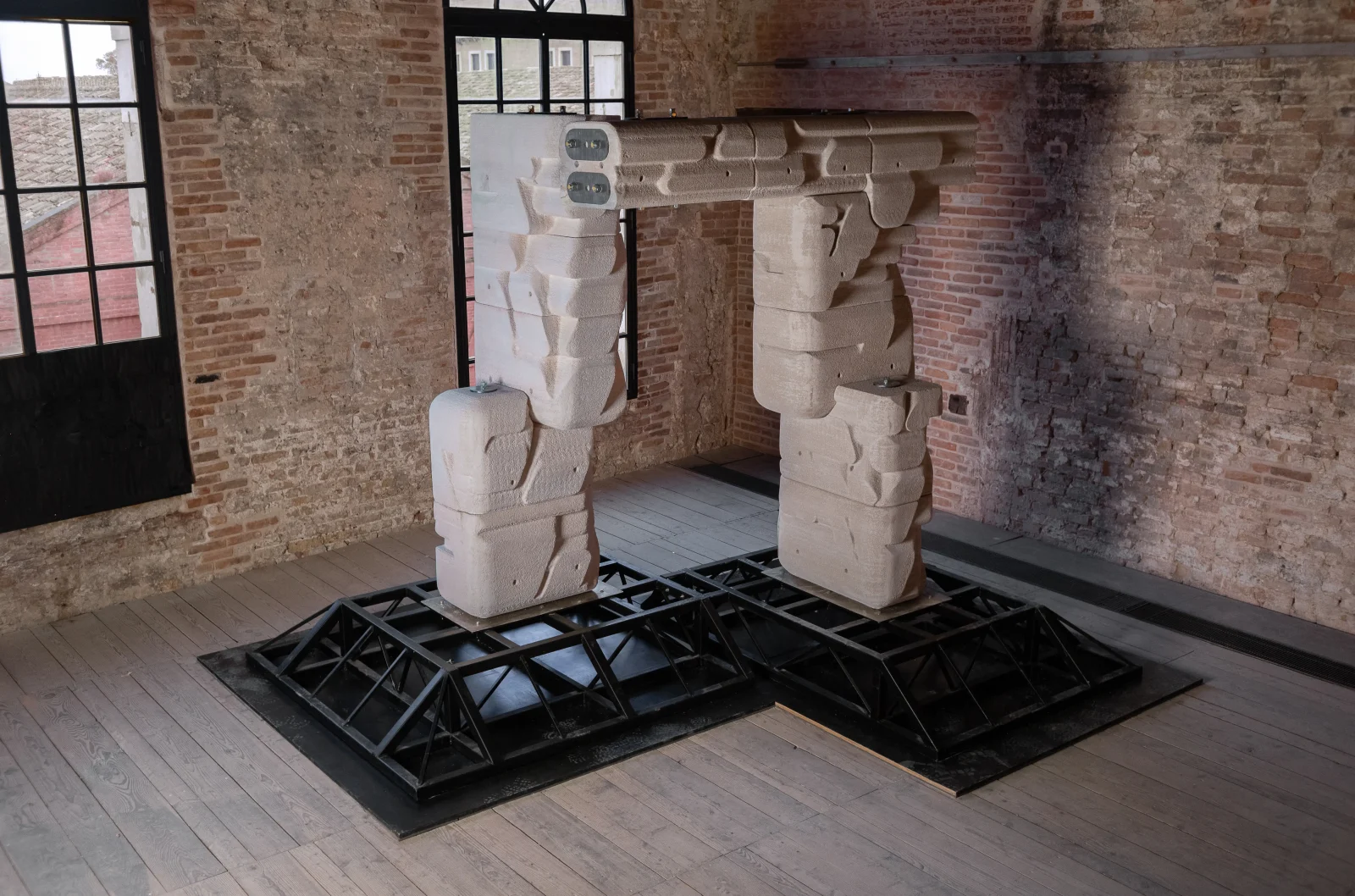
















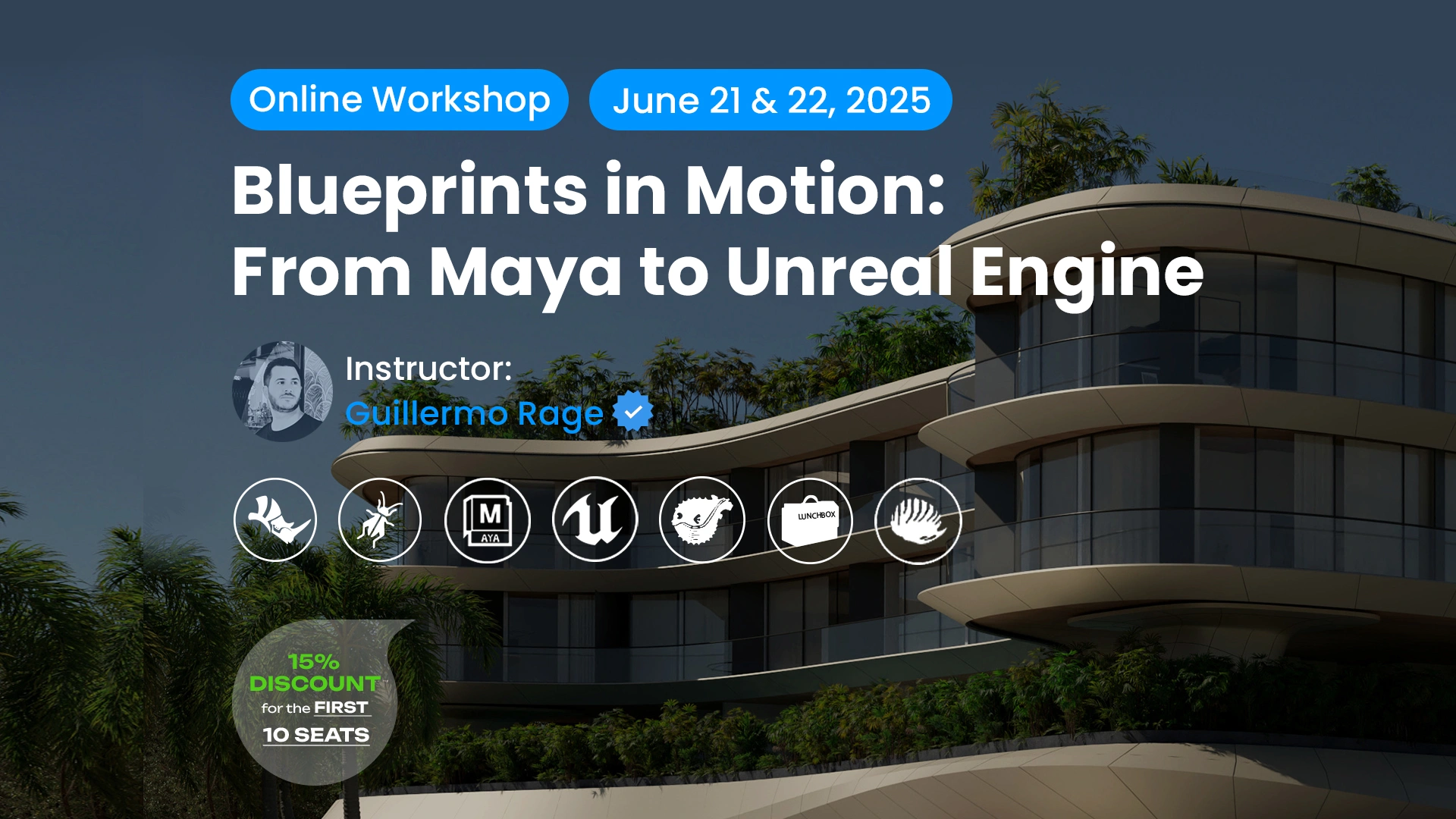
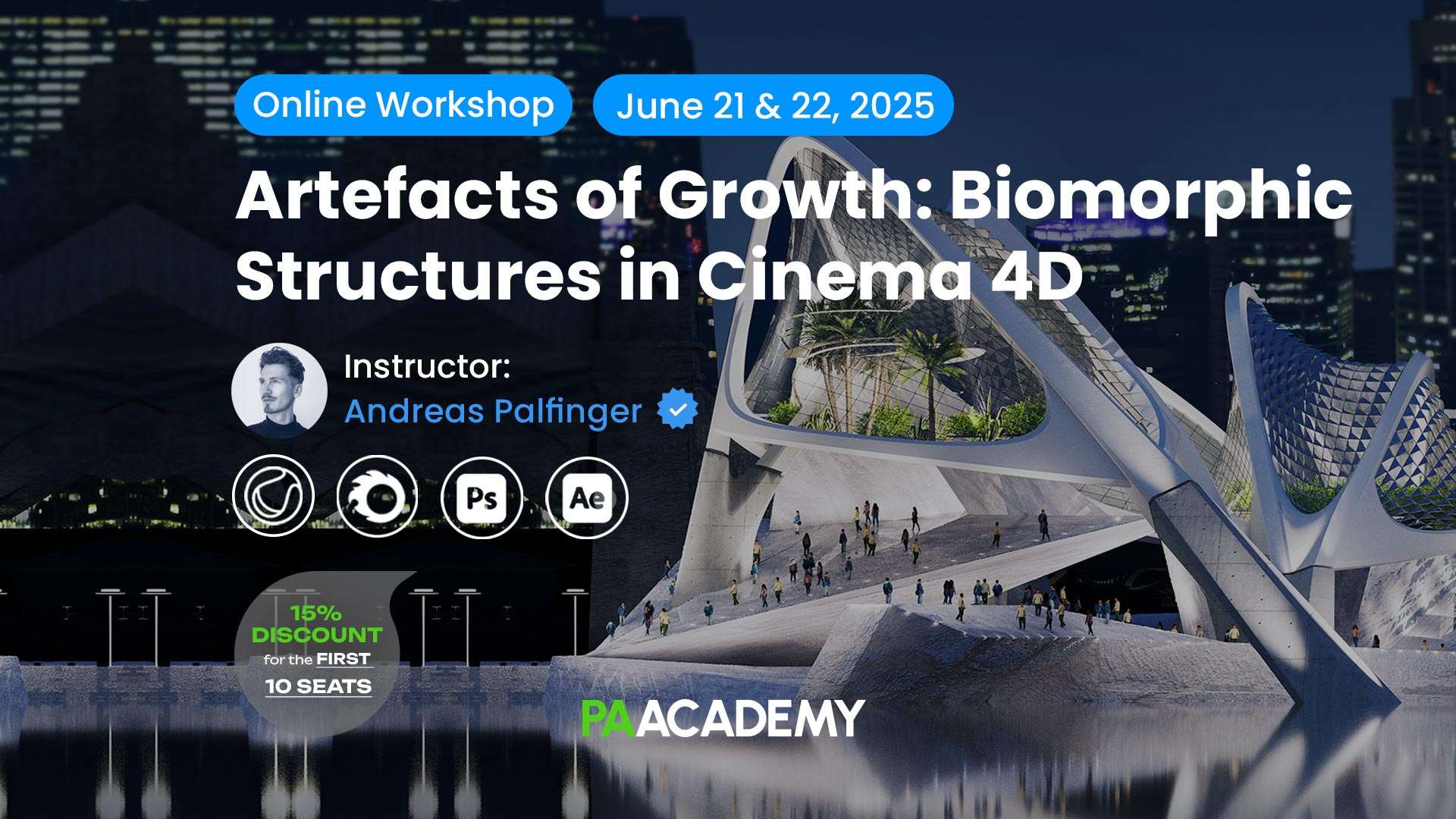











Leave a comment